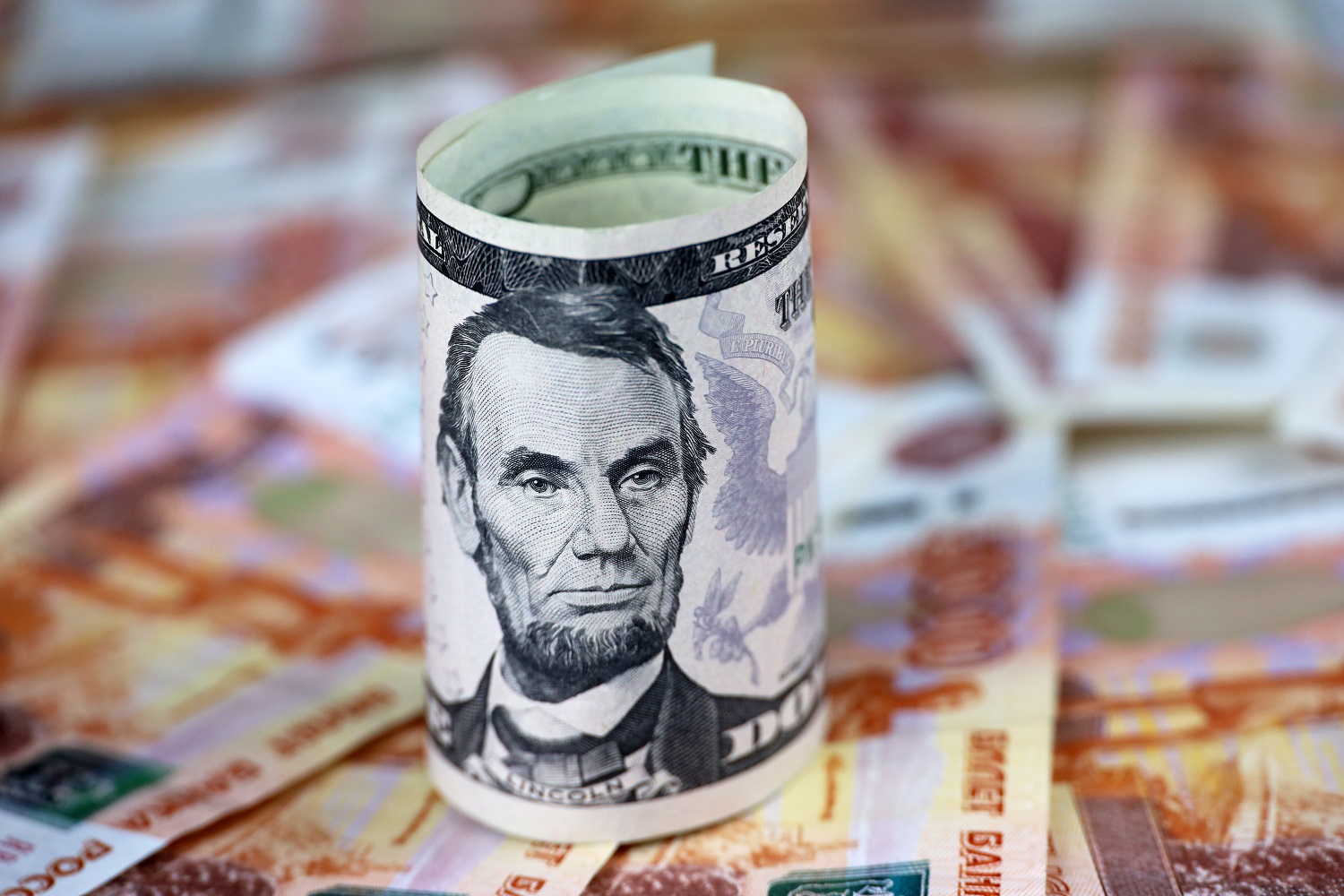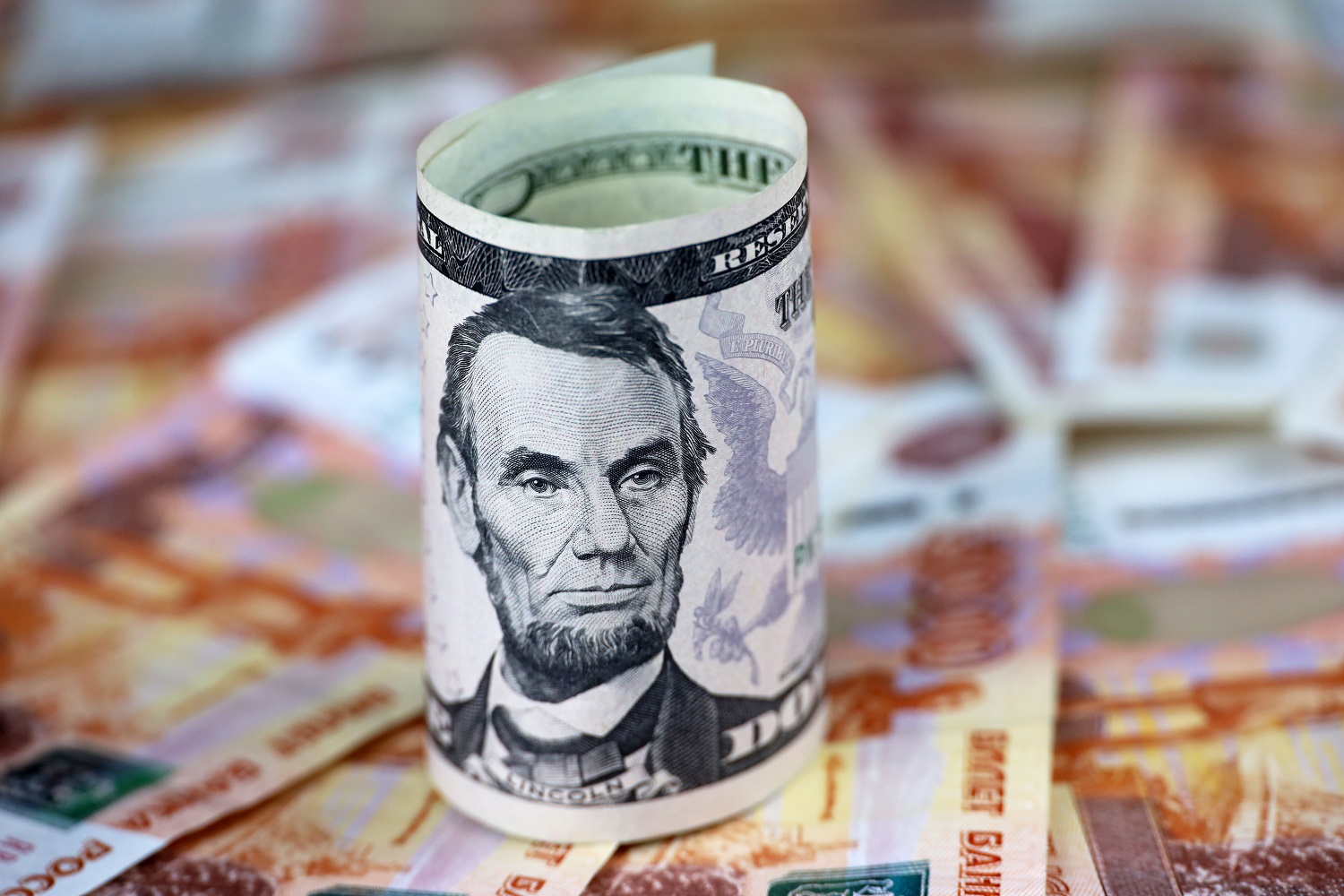Digital Ruble ‘Could Help De-Dollarize’ Russia, Ex-Gov’t Minister Claims

The launch of Russia’s CBDC, the digital ruble, will help spur de-dollarization, a former government minister has claimed.
Per the media outlet KV News, the comments were made by the MP Sergei Kalashnikov, formerly the Minister of Labor and Social Development and the first deputy chairman of the Sate Duma’s Committee on Economic Policy.
Kalashnikov stated that the CBDC would help the country fight against black market dollar trading.
The phenomenon that has dogged Russia since Soviet times.
He said:
“In the currency exchange sphere, the digital ruble will dramatically reduce the possibility of official currency [going] to the black market. That will adjust [the ruble’s] value. And therefore, of course, the wider use of the digital ruble will affect the dollar’s growth against the ruble.”
The ruble’s worth against the USD has fallen sharply since the start of this year, tumbling by over a third in the past 12 months.

The Central Bank has been attempting to reverse this trend, and has high hopes for its fast-tracked CBDC project.
The bank launched an 11-city pilot last month, with 600 Russian citizens and 13 commercial banks trialing “real-world” transactions.
Russia’s Digital Ruble: A De-dollarization Tool?
The Central Bank has talked up the “cross-border” potential of its coin, while lawmakers have suggested allowing foreign investors to buy “millions” of tokens.
Moscow appears keen to use the token as part of its de-dollarization efforts in the international trade sector.
The Kremlin has been trying to de-couple from the dollar since 2014, and has spoken about ways its digital ruble could help this process since 2021.
Chinese thinkers have also recently suggested that digital fiats will help the country and its allies “break USD hegemony.”
But Kalashnikov’s comments appear to indicate that the Russian government also wants to target the domestic black market, which has reportedly been thriving under Western-led sanctions regimes.
Notable investors have railed at the Central Bank, claiming that citizens’ savings are being eroded by the falling RUB.
The Central Bank has stated that it has no intention to outlaw cash or “force” citizens to use its CBDC.
But it has also talked of “marking” tokens in certain situations, to allow it and other parties to better trace transactions.
If this were applied to all digital ruble tokens, the ruble-USD black market would find itself under existential threat.
While this scenario remains unlikely, such a drive could see a rise in the use of crypto to send Russian money abroad.
In March this year, Transparency International’s Russia branch claimed it had found evidence that Russians were using the USDT stablecoin to send money to locations such as the UK – via “illegal” Moscow-based crypto exchanges and brokers.



